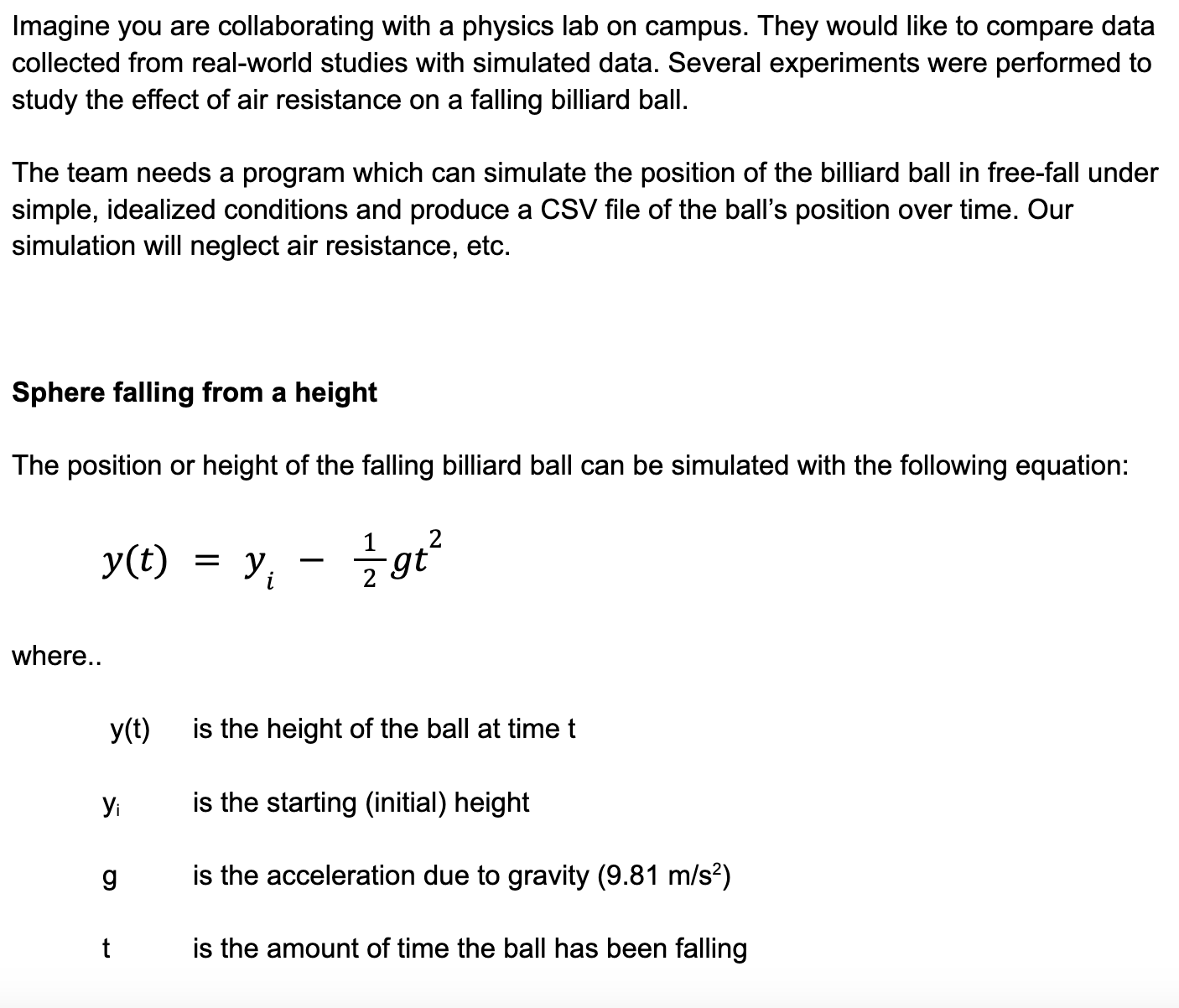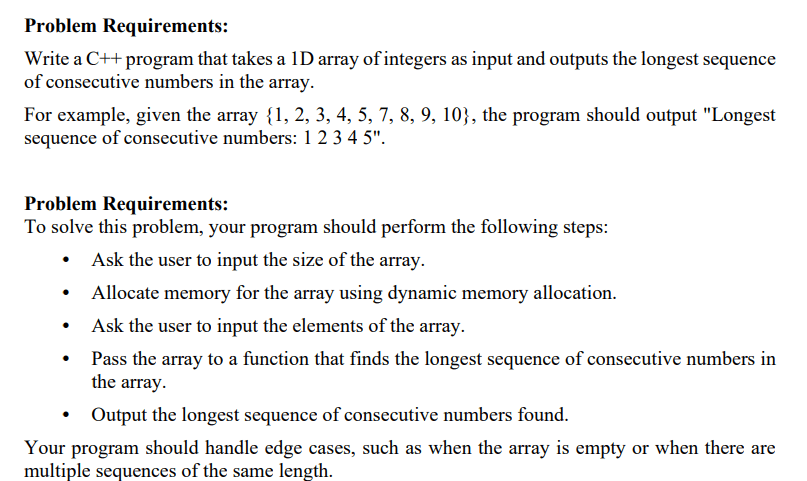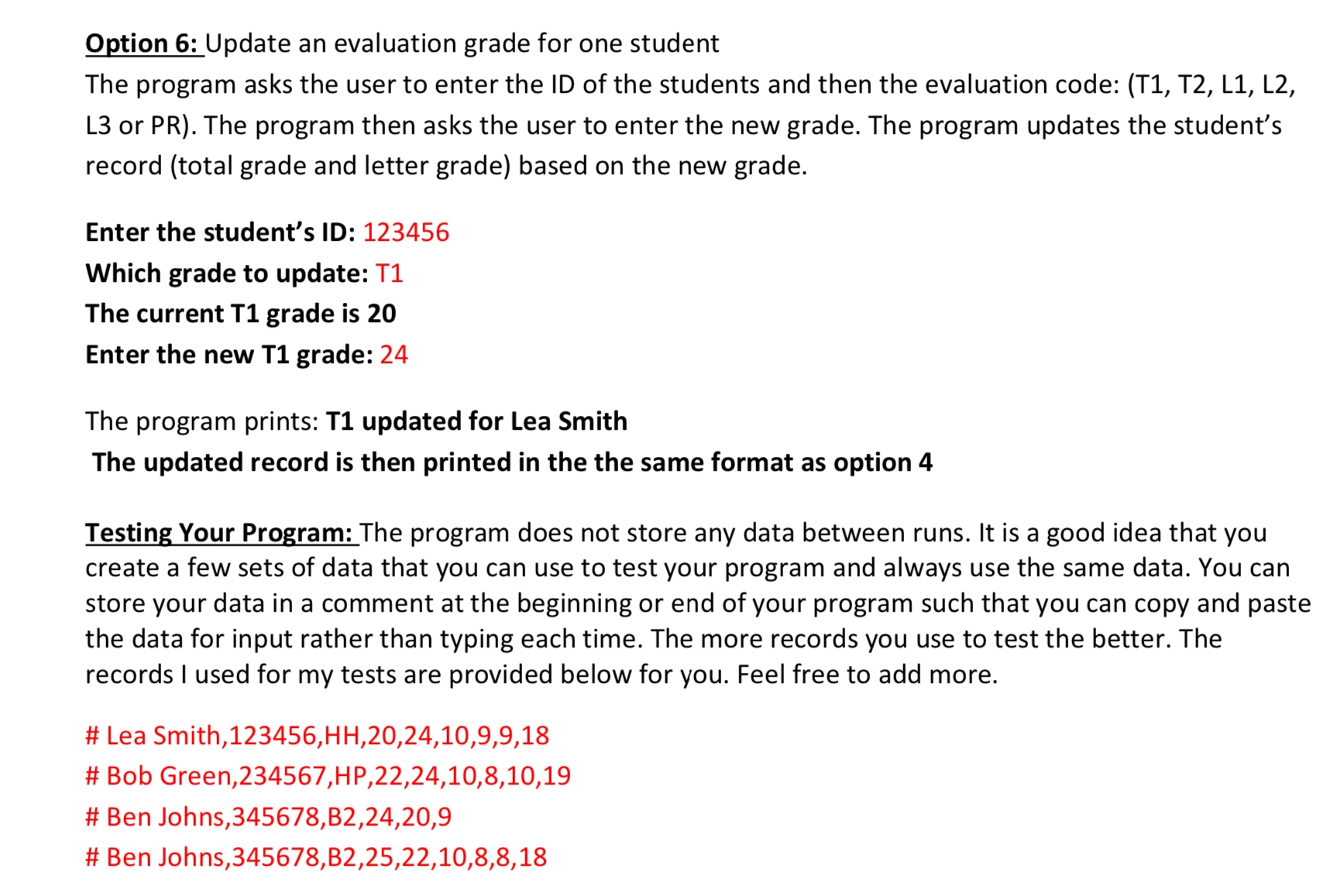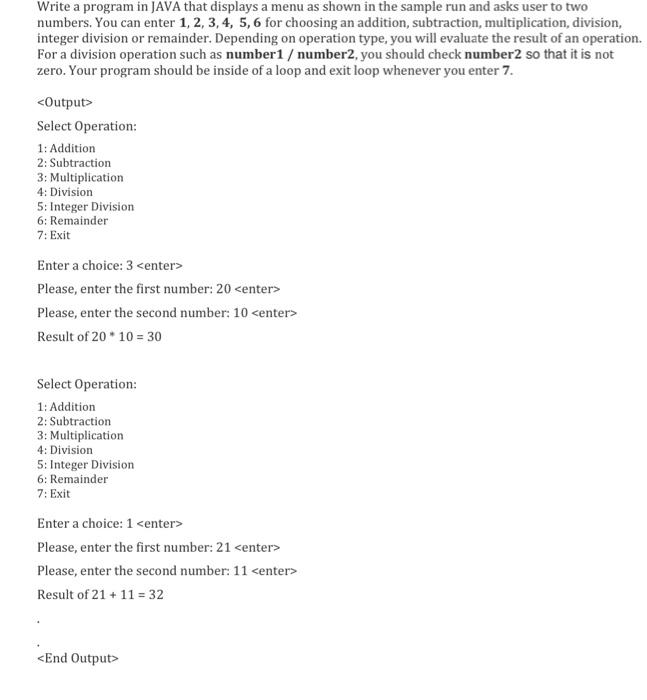Goal For this project, you will need to write a complete Java program. You do not need to submit a design document, but your code design will factor into your grade. Note: You do not need to build a Swing GUI for this program. Requirements 1) Must allow the user to enter the simulation’s initial condition: the starting height of the billiard ball (yi). 2) Must simulate the billiard ball’s descent from height yi to the ground (y=0). 3) The output CSV file must have columns for the following


 25% off with code “SUMMER”
25% off with code “SUMMER”
![2a. Write a Python program to perform supervised classification on the Iris and Indian Pines datasets using Naive Bayes, Support Vector Machines (with RBF kernel), and Multi-layer Perceptron (MLP) classifiers for training sizes ={10%,20%,30%,40%,50%} for each of the below cases: i) With dimensionality reduction - Reduce data based on your choice of 'K' dimensions from 1a using each of the dimensionality reduction methods (PCA) followed by supervised classification by the listed classifiers. ii) Without dimensionality reduction - Data is followed by supervised classification using the listed classifiers. iii) Provide the plots for overall training accuracy, and overall classification accuracy versus the training size for all methods (classification schemes). Tabulate the classwise classification accuracies (i.e. extension of the sensitivity and specificity values) only for 30% training size over all methods for each dataset for case ii) i.e. without dimensionality reduction. Please note that the point distribution is as follows: - Total 4 plots, i.e. 2 plots for each dataset [case i and ii, overall training, and testing accuracy] - 2 tables (classwise accuracy), i.e, 1 table per dataset - Total points available: 30 points (5 points per plot/table)](https://gotit-pro.com/wp-content/uploads/2023/10/638be90e-4e3d-41db-a9d6-5279466b2f80.jpg)





